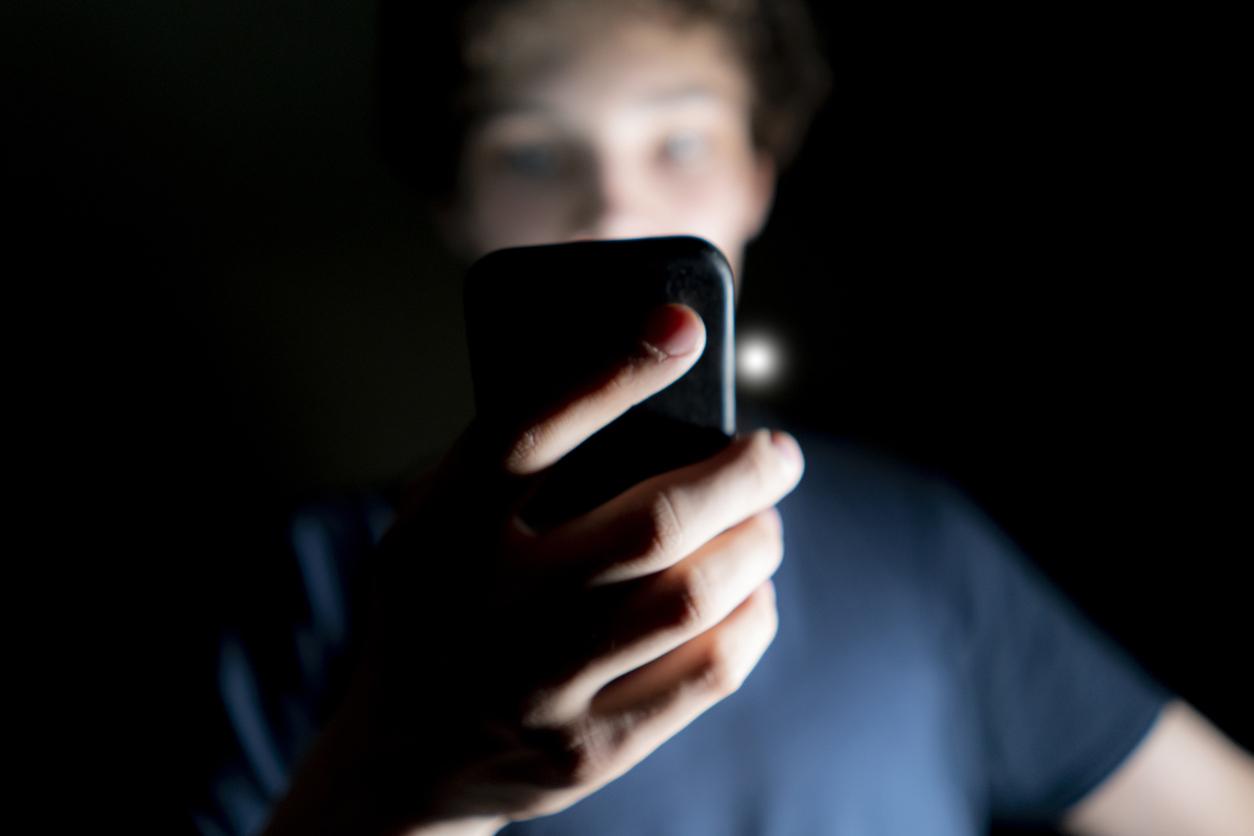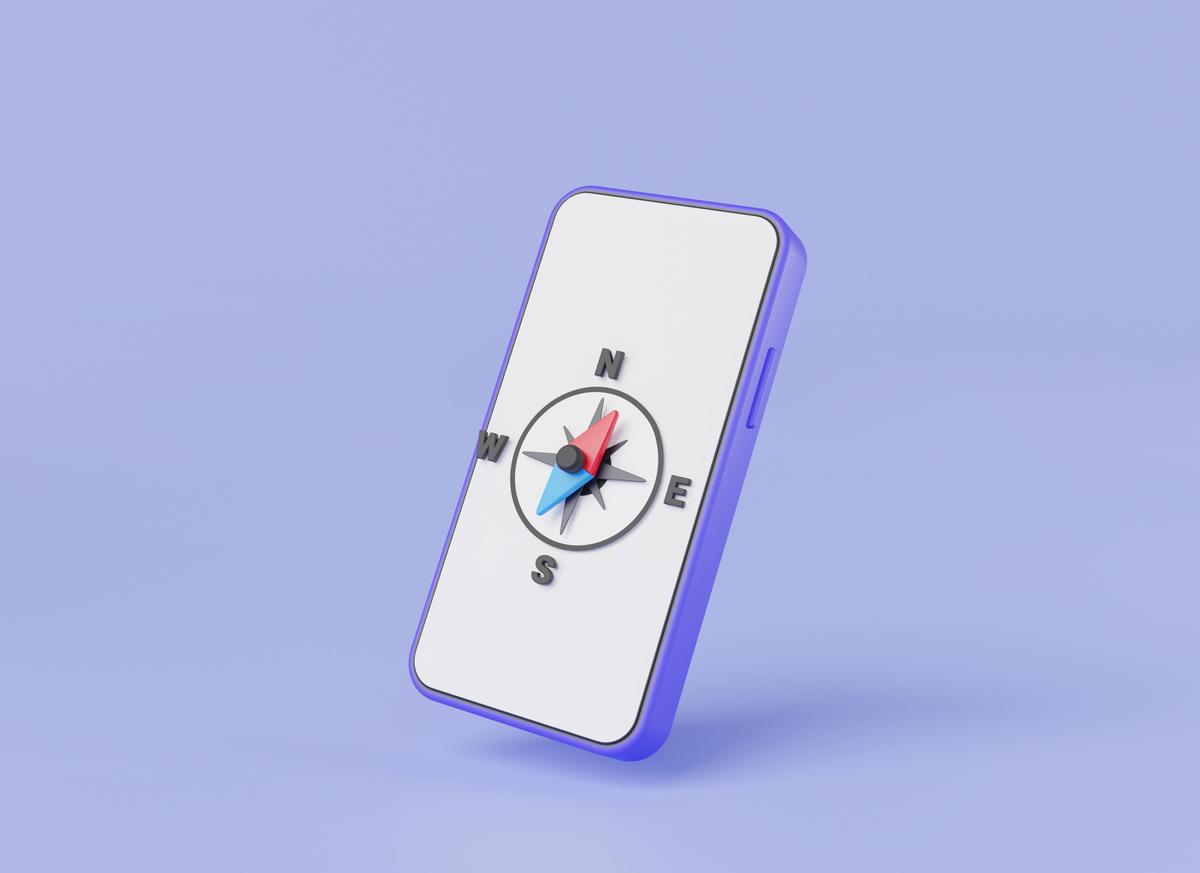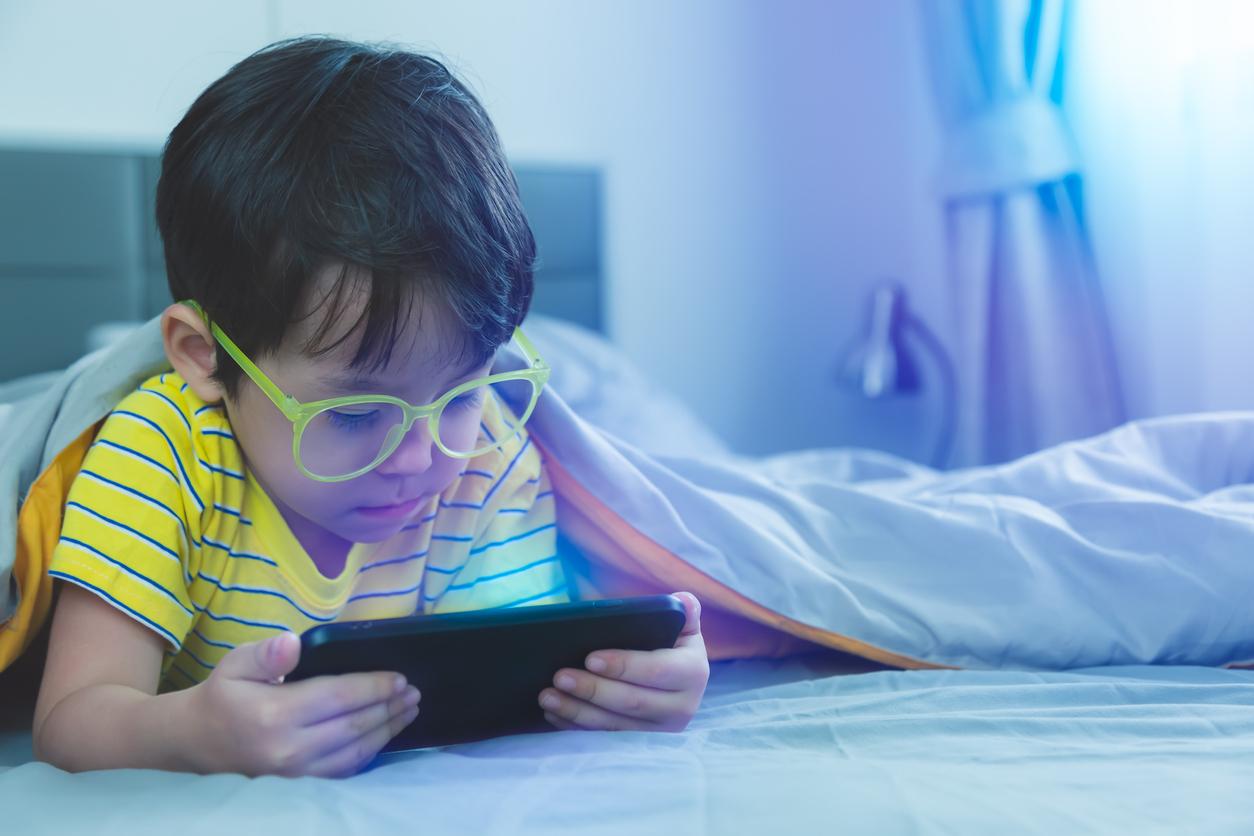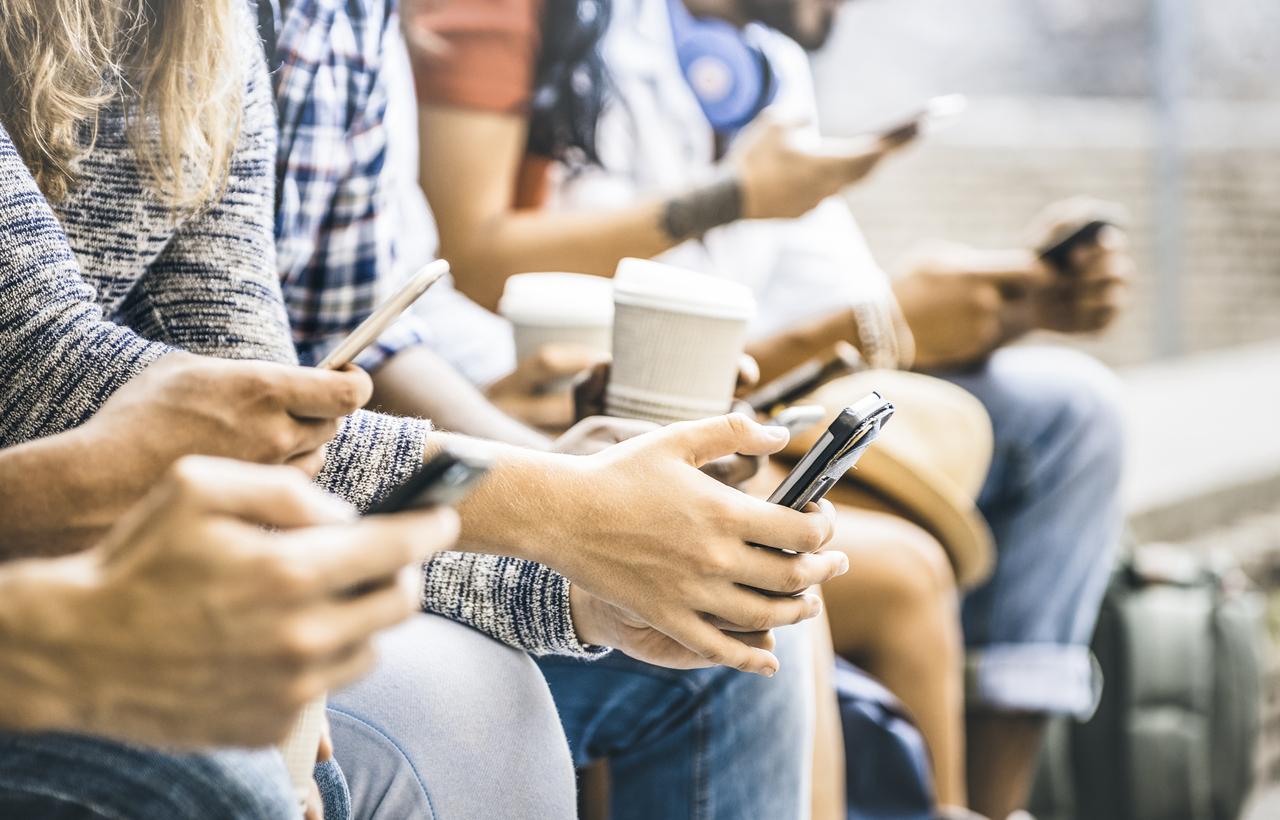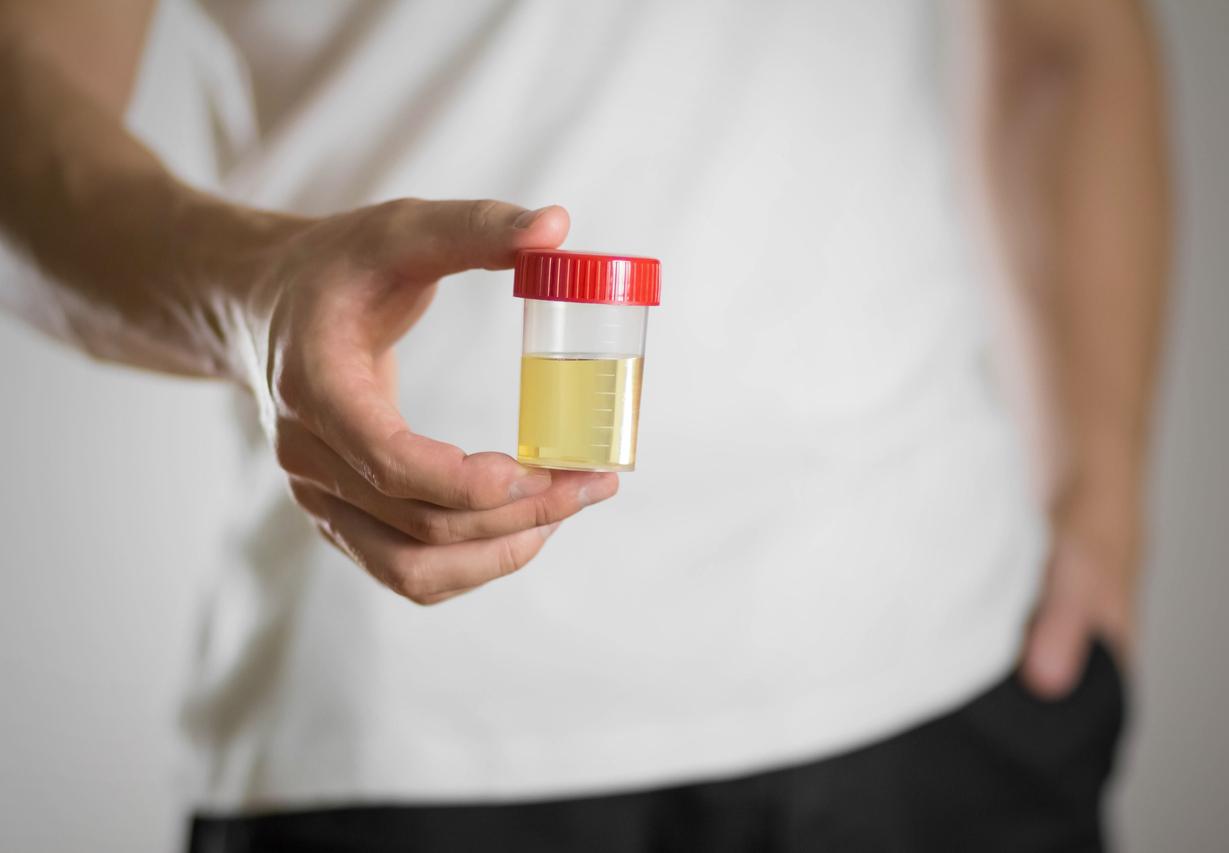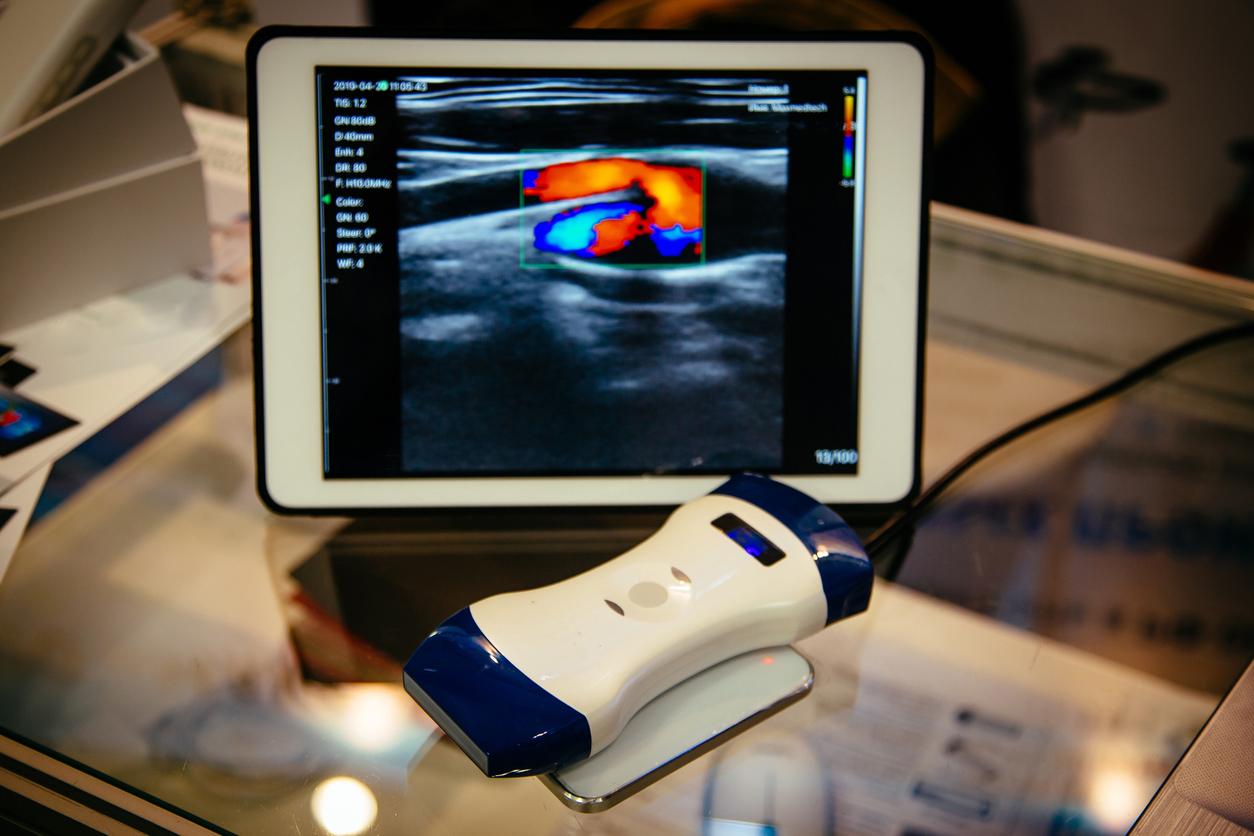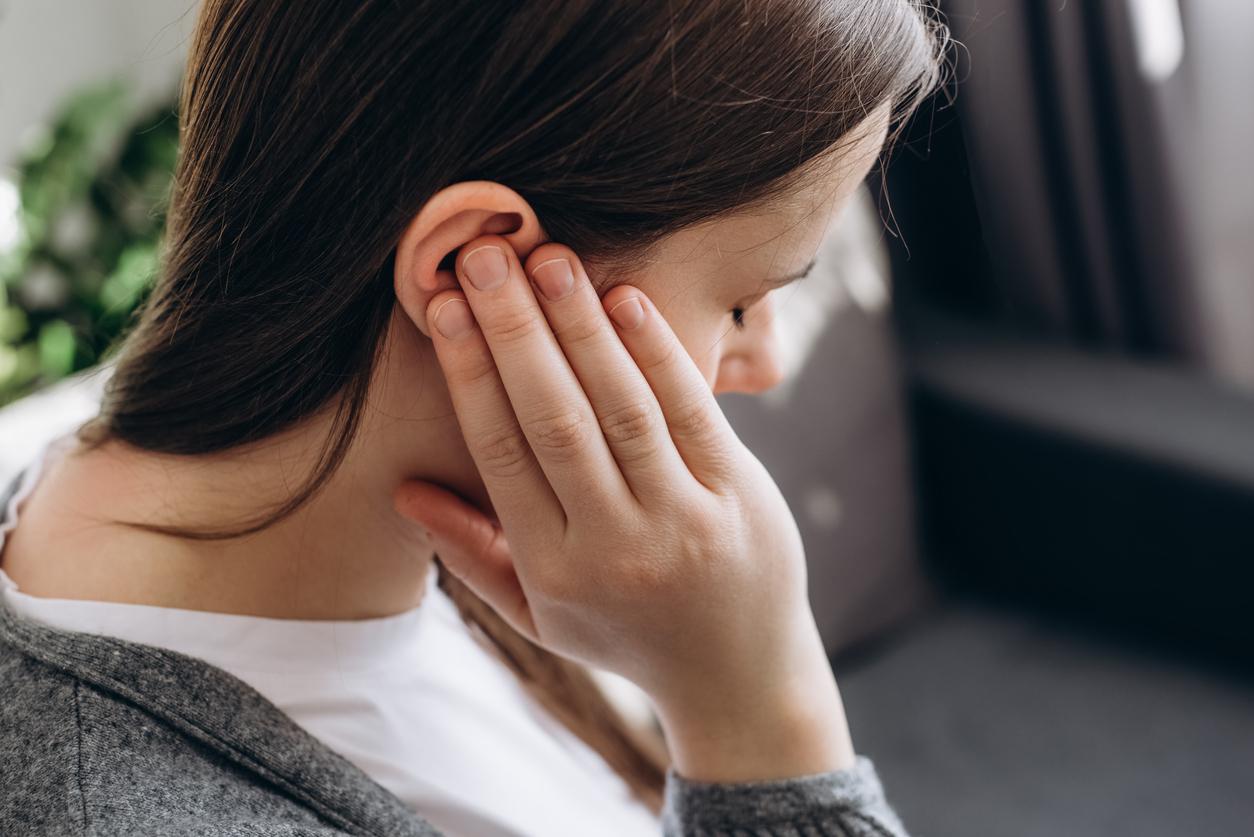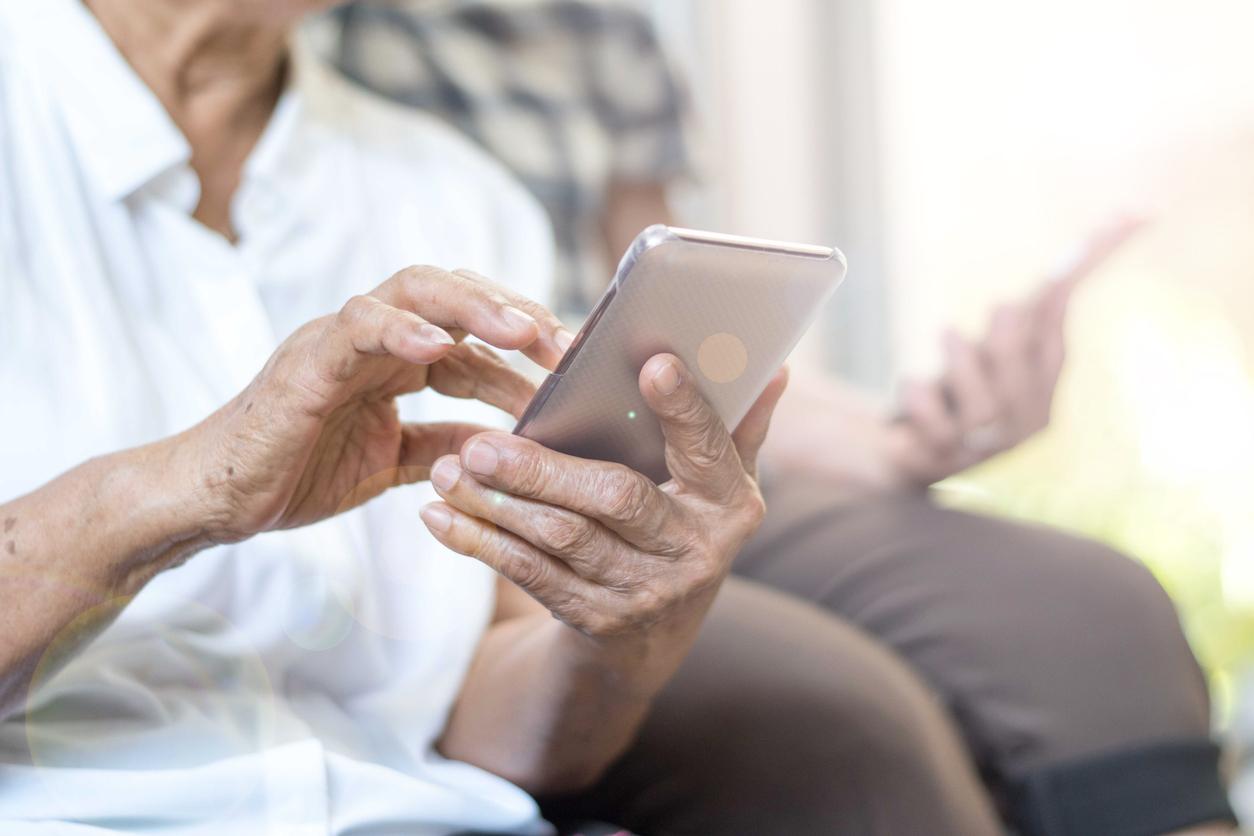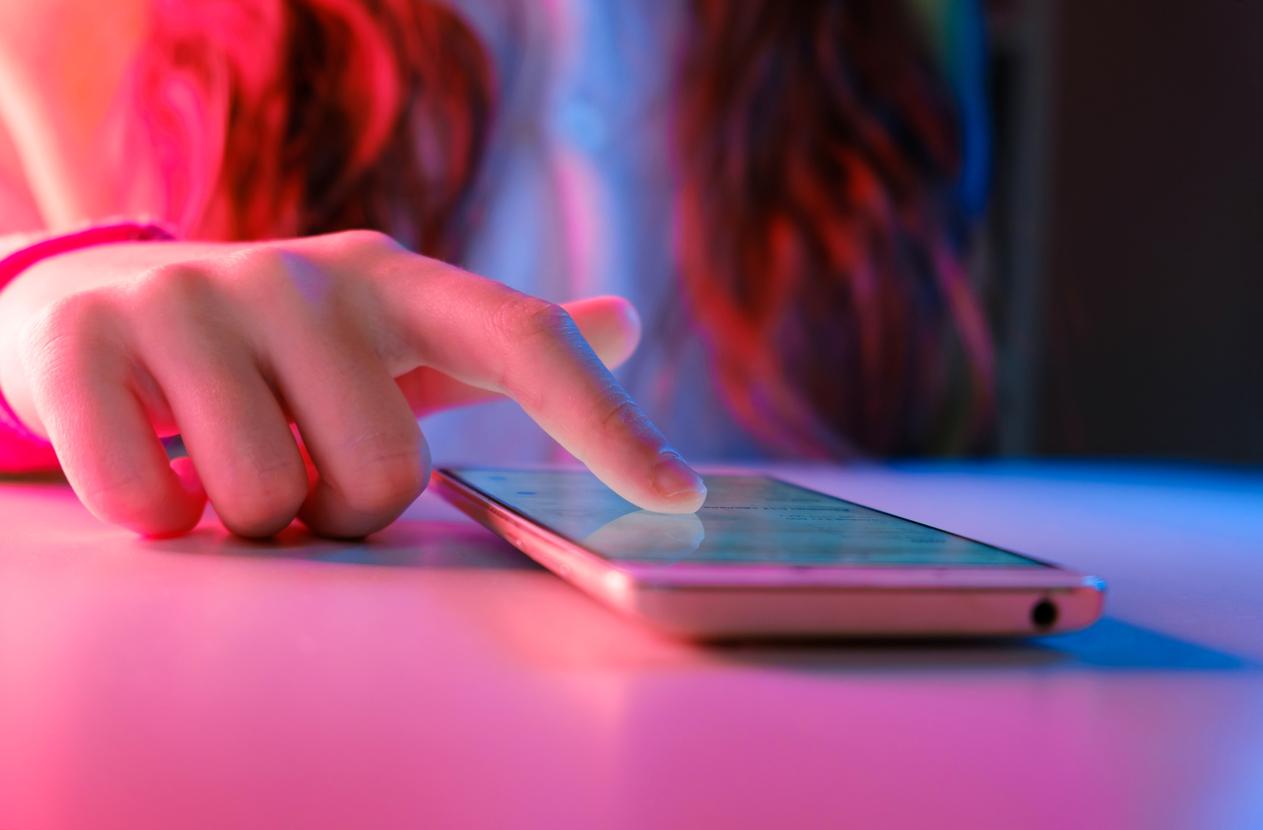
The battery is an indispensable part of your smartphone or tablet. After all, it keeps your mobile device going. It is therefore important to take good care of your battery, so that you can enjoy it for as long as possible.
There are many stories about smartphone and tablet batteries. Such as that it is not good to leave a battery on the charger all night or that a battery can spontaneously catch on fire. In this and a subsequent article, Plus answers the most important questions, so that you can use the battery in your smartphone or tablet as safely and economically as possible.
Only the smartphone is mentioned in the questions and answers below. What applies to the smartphone also applies to the tablet.
I have a new smartphone. Do I have to fully charge it first?
Some new electrical appliances need to be fully charged before you can use them. Smartphones use a lithium-ion battery that is fully charged at the factory before first use. So start your new smartphone without charging first and get started. If the smartphone is still empty, you can still connect it to the charger.

When updating the operating system of my smartphone, do I have to connect it to the charger first?
When installing a new update of the operating system of the smartphone (iOS or Android), it is wise to connect the smartphone to the charger. This prevents your smartphone from running out of power while installing the new version of the operating system. Disrupting an update can cause your smartphone to stop working properly afterwards. With iPhones it was even mandatory for a long time to first connect the device to the charger before updating. If you didn’t, you couldn’t install the update.
The charger with my smartphone is broken. Can I use a cheaper charger from another brand?
Chargers for a smartphone are very similar on the outside. Therefore, it seems ok to use a cheaper non-brand charger for your smartphone. However, there is a risk in that. A charger that comes with a smartphone, such as a Samsung charger with a Samsung smartphone, is completely made on the inside for the battery in that smartphone. Each charger charges a smartphone in its own way and at its own pace. The charger that comes with the smartphone does this in such a way that the battery is charged safely and optimally every time.
 With a non-brand charger, the battery is often incorrectly charged, so that it wears out faster. In addition, there is a risk of short circuits, especially with cheap chargers. This can damage your battery and smartphone or even cause a fire. Also, the cable with a cheap charger is often of moderate quality. This also creates risks when charging. These types of non-brand chargers also break faster, so that you have to buy a new charger sooner.
With a non-brand charger, the battery is often incorrectly charged, so that it wears out faster. In addition, there is a risk of short circuits, especially with cheap chargers. This can damage your battery and smartphone or even cause a fire. Also, the cable with a cheap charger is often of moderate quality. This also creates risks when charging. These types of non-brand chargers also break faster, so that you have to buy a new charger sooner.
So if possible, buy a charger that matches the brand and type of smartphone you have. It is possible to buy a charger from another brand, but that must be a somewhat more expensive certified copy. Incidentally, they are often less good than the original charger.
You can read whether the charger is suitable for your smartphone in the specifications of the charger.
Is fast charging bad for my battery?
In our current society, everything is moving faster and faster. The same goes for charging a smartphone. This is even a point of sale for smartphone manufacturers. That is why more and more smartphones with fast chargers are coming onto the market.
It is of course nice if you can quickly provide your smartphone with optimal power again, but unfortunately it is less good for the battery. Slow charging is better: it ensures that the battery wears less quickly and therefore lasts longer.
You can see how fast a charger charges based on the Wattage. For example 5 Watt with an iPhone charger (slow) to 40 Watt with some chargers for Android smartphones (fast).
Where can I see how long a smartphone battery lasts?
The specifications of a smartphone, for example at an internet shop, always state how long a battery will last without interim charging. But since this depends on all kinds of factors, this is only an indication. The maximum time is often stated in hours or days, but the actual battery life is often a quarter or more lower in practice.
The battery life is partly determined by capacity in mAh: milliamps per hour. The higher the capacity, the longer the battery will last without charging. It also applies: the higher the capacity, the more expensive the smartphone.
A capacity of 2500 mAh or less is sufficient if you only use the smartphone occasionally.
If you regularly use your smartphone for social media, to play games, to surf or to make calls, then between 2500 and 4000 mAh is a good choice.
If you use your smartphone for hours on end to play games or watch movies, a capacity of more than 4000 mAh is recommended.
My smartphone battery is sometimes empty while I have done almost nothing on my smartphone. How is that possible?
Without you realizing it, a lot of things are still happening on your smartphone. For example, there are apps that run in the background and apps that automatically check for updates. Your smartphone also automatically seeks contact with a nearby WiFi network or a Bluetooth device. All these actions cost power, which means your battery will even drain if you don’t do anything on your smartphone. You can read how to prevent unnecessary battery consumption in part 2 of this article.
Is it bad to drain a battery completely?
It will regularly happen that you do not notice that your battery has less than 10% power and is therefore almost empty. You usually get a warning from your smartphone, but sometimes you miss it because you are not on your smartphone. After all, a smartphone also slowly drains when it is simply lying down.
The battery itself can withstand charging on an ’empty stomach’, but charging an almost empty battery does cause it to wear out a bit faster. For that reason, it is better to stay above 15 to 20% with your battery and then recharge it.

Is it good to fully charge a battery every time?
It seems logical that a fully charged battery works best. In any case, with a fully charged battery you can go for a good time the next day. However, each time fully charging the battery causes it to wear out faster over a longer period of time. Staying about 5 to 10% below the full charge will keep your battery good for longer. A disadvantage is of course that you have to charge your smartphone more often.
In part 2 you can read more questions and answers about your smartphone and tablet battery.









